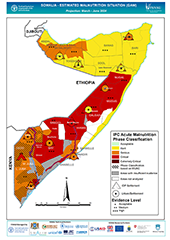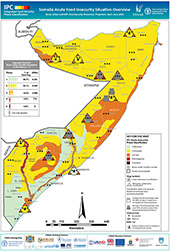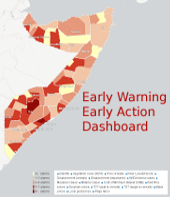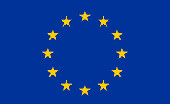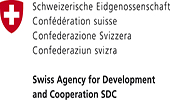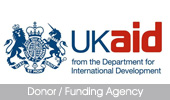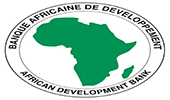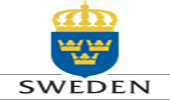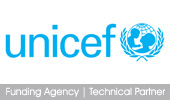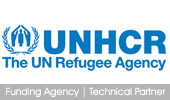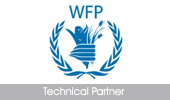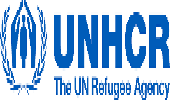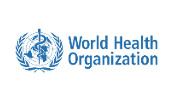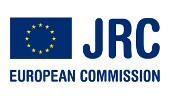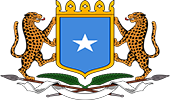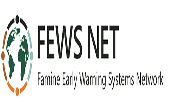Family Ties: Remittances and Livelihoods Support in Puntland and Somaliland Study Report
Issued: July 1, 2013
Beginning long before the collapse of the Somali state in 1991, but increasingly since then, remittances have provided crucial support to the people of Somalia. Based on the findings of this survey, we estimate remittances to Somalia to be a minimum of US$1.2 billion per year. The significance of this sum can be seen when compared with international aid flows which averaged $834 million/year between 2007 and 2011,1 Foreign Direct Investment (FDI) estimated at $102 million in 2011,2 and exports of $516 million in 2010.3 The bulk of money sent is used by families to cover basic household expenses – food, clothing, education, and medical care. Contributions are also made to pay for family emergencies or weddings, to community development efforts, to make investments, to promote political projects, and to settle clan disputes.
Most of what is known about the significance of remittances to the Somali economy is based on relatively localized studies of sending habits – conducted in diaspora countries – or the practices of recipients in selected urban areas of Somaliland, Puntland and South-Central Somalia, or in refugee camps in the region.4 Virtually no research has been done on remittances sent to rural areas. In addition, there is very little information on the sharing of resources between rural and urban relatives. Our analysis shows that resources flow in both directions (urban-rural and rural-urban) between relatives.
This report builds upon the available evidence base by providing results of a survey conducted in June and July 2012 among 718 households in Somaliland and Puntland. Commissioned by the Food Security and Nutrition Analysis Unit (FSNAU), a multi-donor project managed by FAO, the study examines the impact of remittance funds received by Somali households and the extent to which households share resources (both remittances and other income).
